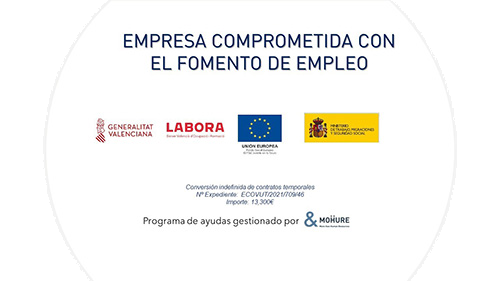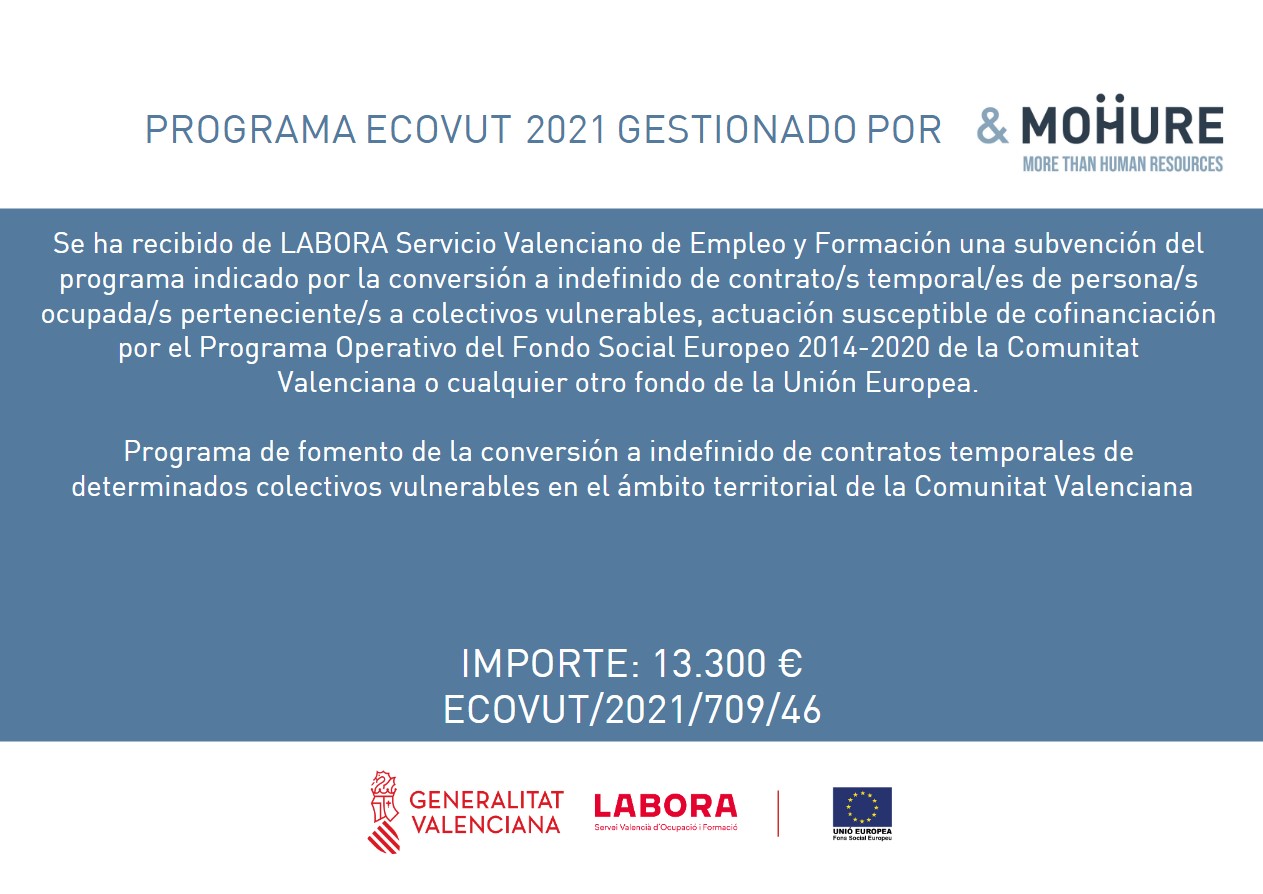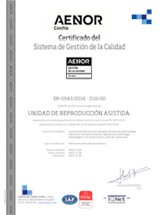After nearly two decades of this 21st century, the social stigma associated with forming a family is still not a thing of the past. One of these stigmas, which was among the most popular not many decades ago, was the one that talked about single mothers. However, this is not this way anymore. On the verge of entering the new 20’s era, the revolution of the single mums by choice illustrates perfectly the family models which are a world away from such stereotypes.
In the year 2015, according to the National Statistics Institute (INE), 44,5% of babies born in Spain did so from unmarried mothers. It is the highest figure historically and does nothing but reiterate a tendency: being a single mum has ceased to become a forced option for some years now to become a question of choice, free of obligation, a mature choice and the consequence of women who voluntarily opt for this route.
The figure, in addition to being a real option, is clearly an ascending line graphically; in 2006, the babies born from single mothers represented 28% of the total. Less than a decade after, the ascent is near on 20 points; the number of families formed by unmarried mothers has practically doubled, which now represents nearly half of the global figure.
Associated single mothers
The reality of single mothers by choice is such that they are no longer sporadic individual cases. In 2007 the Single Mothers By Choice Association was founded (MSPE); an organization which brings women together who, freely, decided to go down the maternity route on their own and who, under the MSPE’s protective wing, have championed this family model which continues to represent an increasing percentage of total cases. Another case is that of the organization of Mothers Without Partners By Choice and Other Family Models (Masola).
Similar to the MSPE, Masola brings together mothers who have decided on this route by choice, whether it be by adoption or, as in a considerable number of cases, after carrying out an assisted reproductive treatment. And, naturally, this proliferation of new family models has also evolved. Both organizations also include fathers who have not needed a partner to form a family, following the route willingly taken by thousands of women. However, beyond merely representing this individual choice, this family model is emerging as the launching pad to achieve even more profound advances than that of social acceptance, as important as this may be.
In parallel to this increasing tendency, legislative advances are taking place which facilitate things so that this can be a decision free of conditions such as one’s financial situation or one’s daily agenda.
Recently a law was passed which dictates that single mother workers with a child in the nursery can offset up to an additional 1000€ annually: this is just an example of how legislation is adapting to the social reality allowing people to continue taking steps freely towards forming a family. This revolution by single mothers is one more landmark in the family panorama which is no longer governed by the same canons than those present in the middle of the last century. Many different family models coexist within a society that is also advancing in terms of tolerance, freedom and acceptance beyond established classic structures.











